Through the Lens of History: Afghanistan Under Soviet Occupation (1980s)
از دریچه تاریخ: افغانستان تحت اشغال شوروی (دهه 1980)
These black-and-white photographs, taken by Anatoly Gavrilov during the early 1980s, offer a poignant and intimate glimpse into a moment in time when Afghanistan was caught between two superpowers. As Soviet troops entrenched themselves in the heart of Kabul, the city became a stage for a complex interplay of military might and civilian life—two worlds that rarely intersect yet are so deeply intertwined in these powerful images.
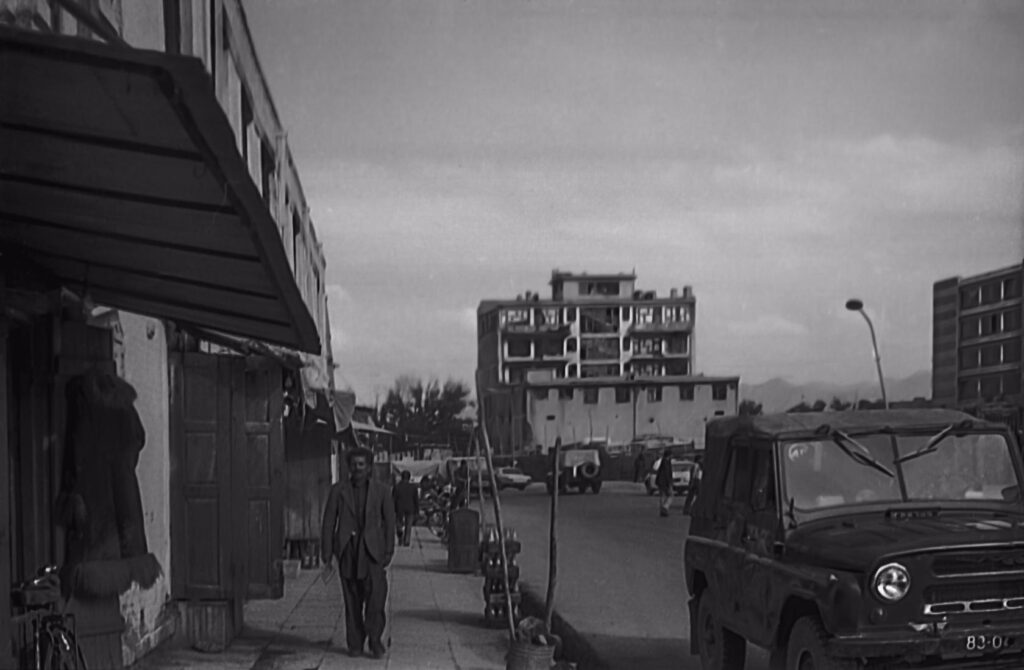
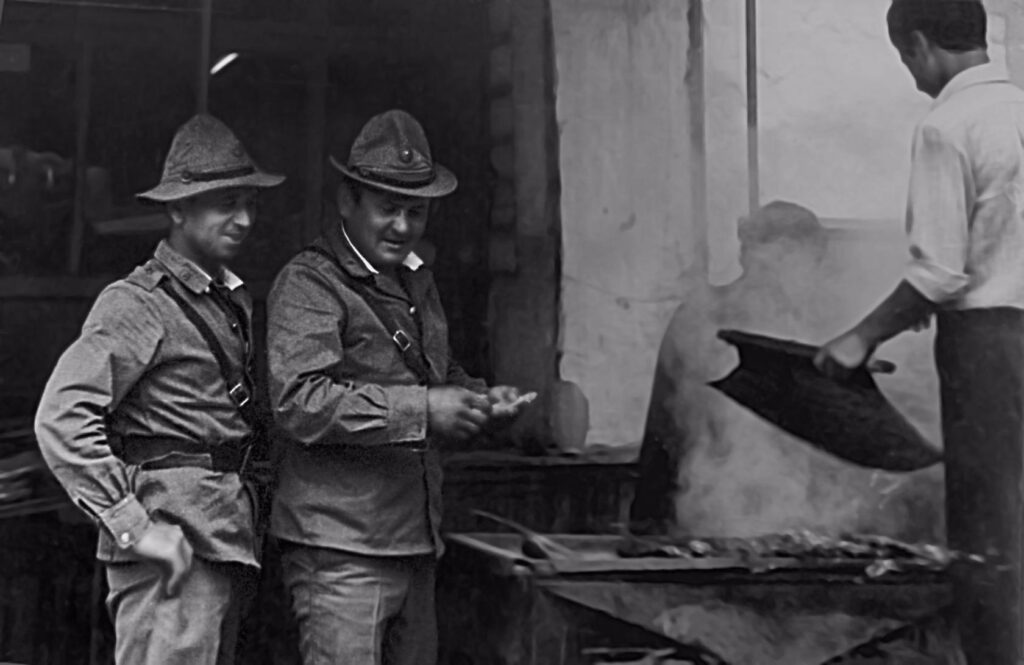
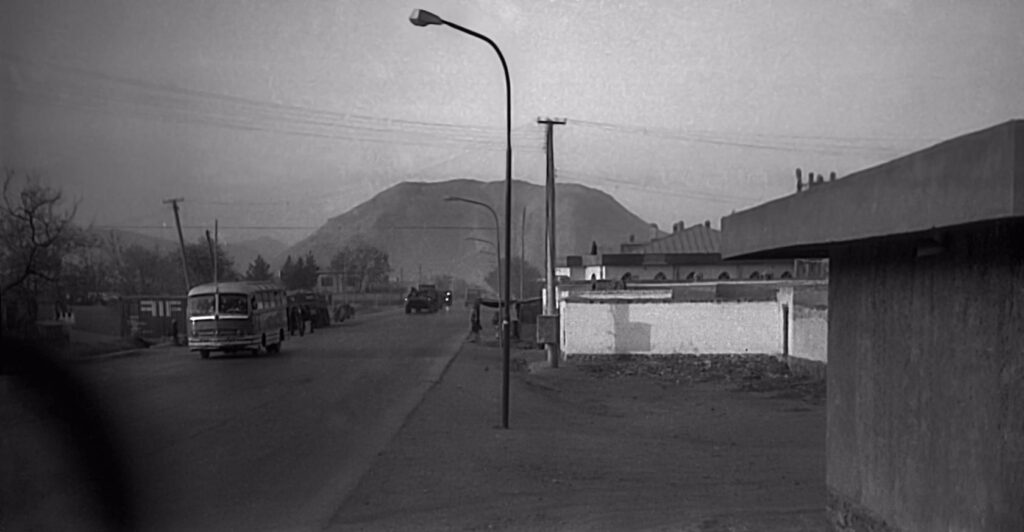
The Soviet occupation of Afghanistan, which began in 1979, was a time of great upheaval and division. Kabul, the capital, was a city caught between tradition and change, war and peace. These photographs reveal an Afghanistan before the scars of decades of conflict fully set in, offering a rare and humanized view of the past. The lens captures Soviet soldiers—both men and women—in their military garb, often armed, yet caught in moments of quiet, unexpected intimacy with the city’s civilian life. Whether they are conversing with Afghan shopkeepers, seated with local women at a café, or chatting with Kabul’s traffic police, there is a sense of dissonance between the foreign presence and the daily routine of a people whose lives had been upended by war.
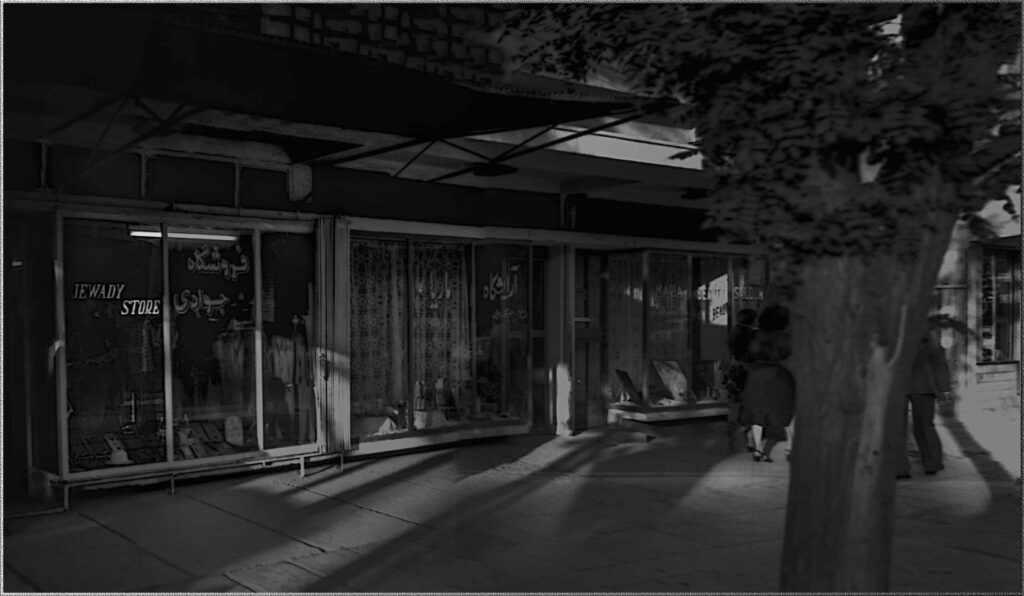
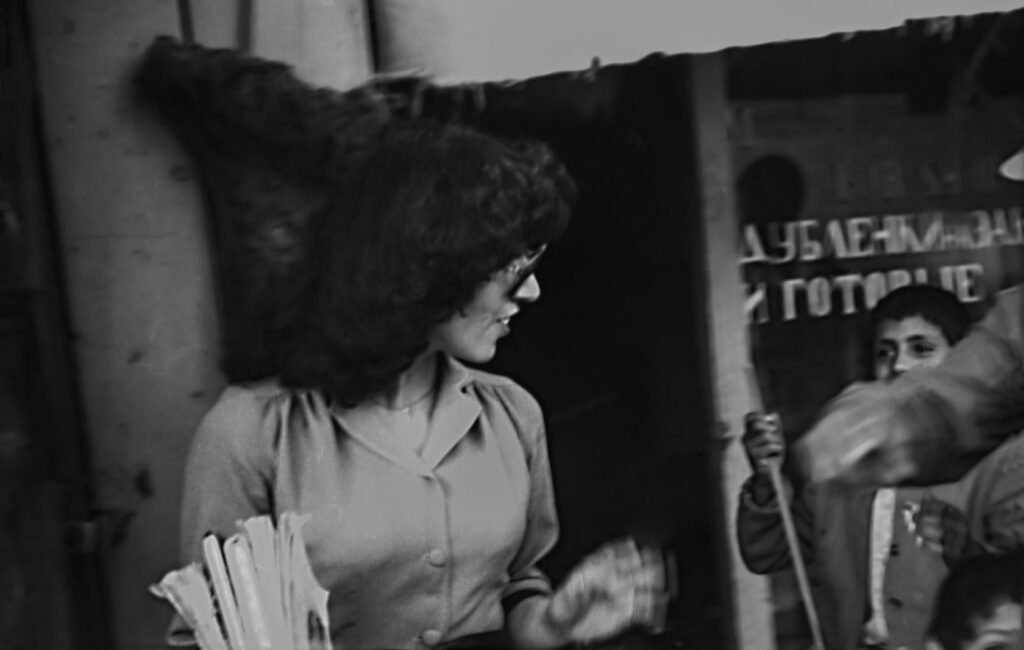
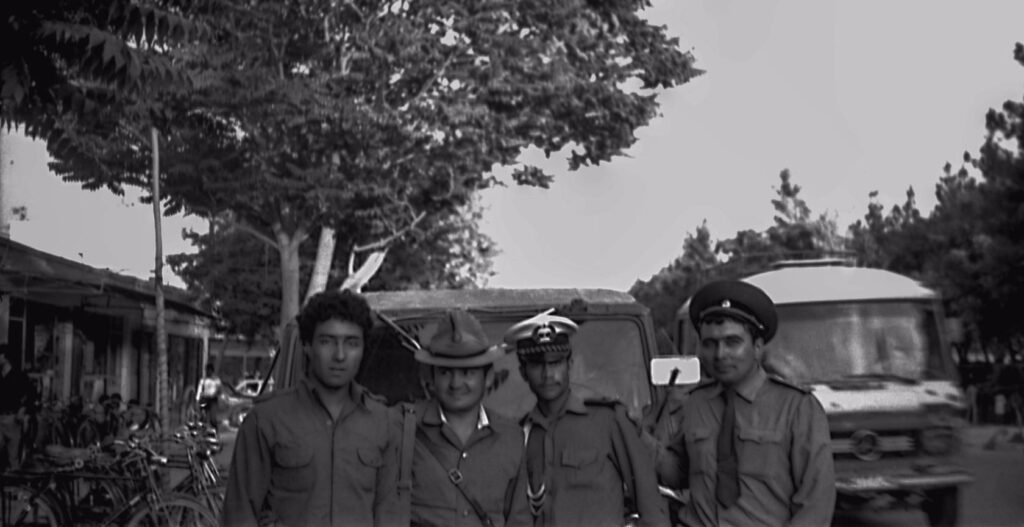
What is striking about these images is the way they freeze the tension between occupation and coexistence. The Soviet soldiers, who had come to enforce their country’s will, are seen not just as invaders but as figures whose lives are somehow intertwined with the people they occupy. In some photos, their faces betray the weariness and confusion of a foreign army far from home, while in others, their interactions with locals seem to blur the lines between enemy and stranger. There is a certain humanity in these exchanges, an acknowledgment of the mutual fragility of both invader and invaded.
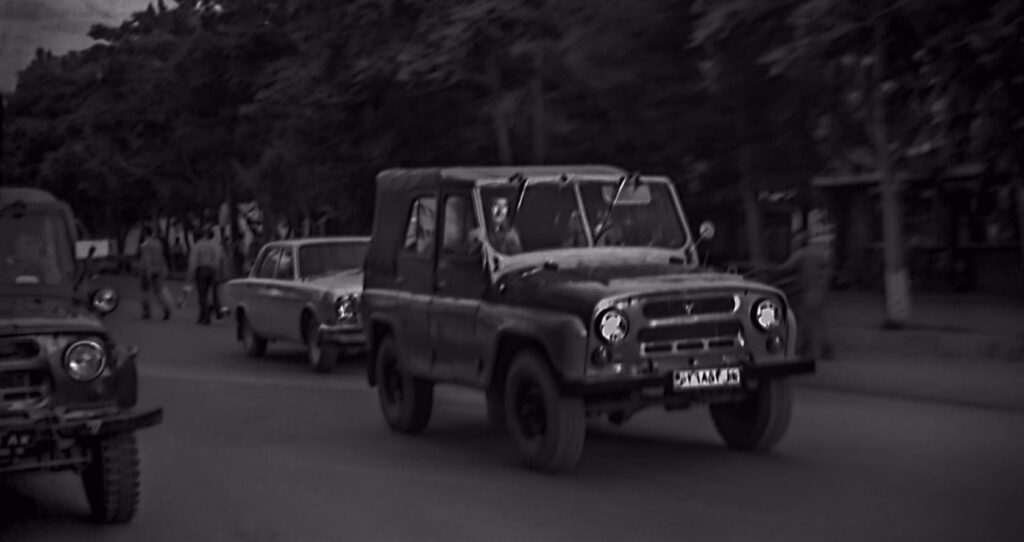
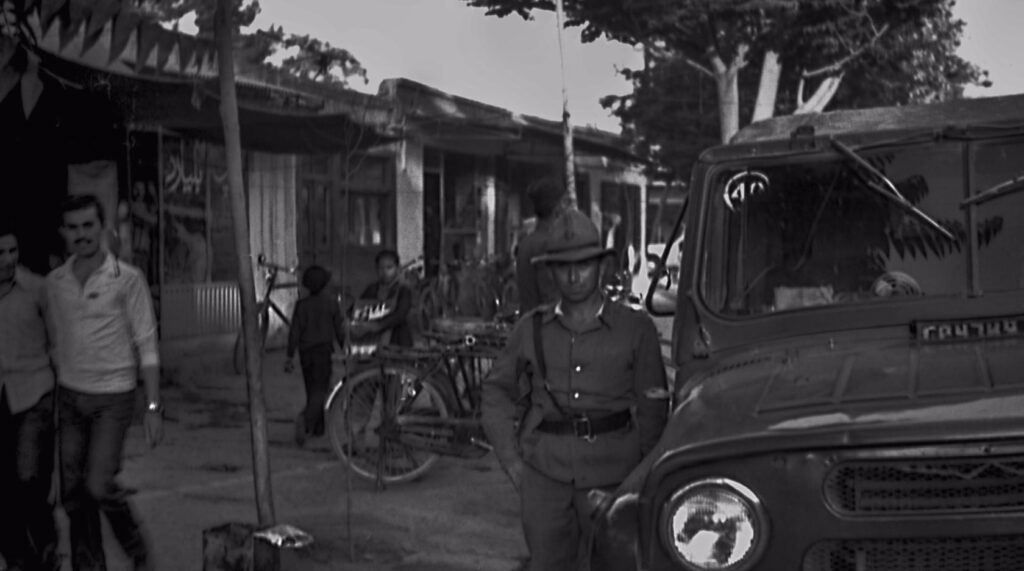
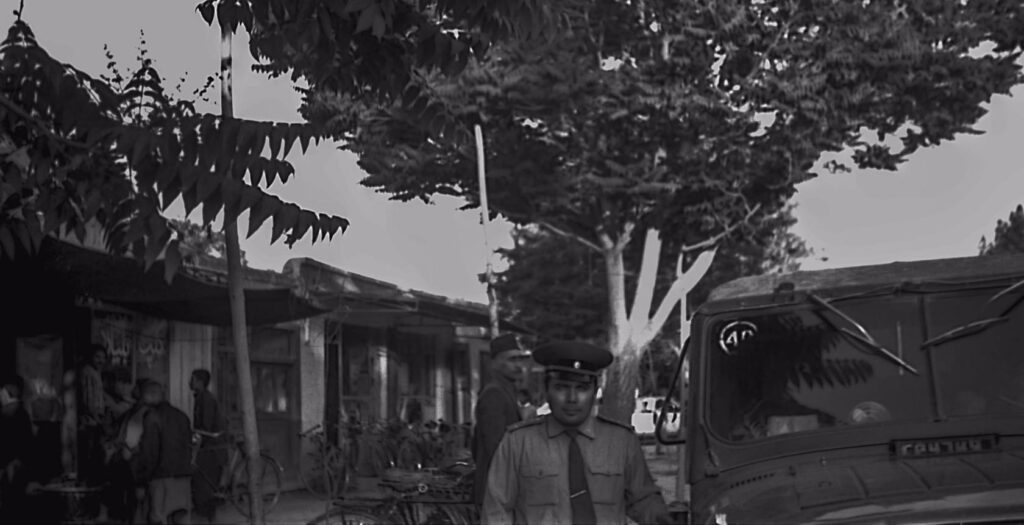
Yet, amidst these moments of uneasy interaction, the soul of Afghanistan persists in these photographs. Afghan men and women are seen going about their lives, their expressions often inscrutable but resilient. A woman waiting at a telephone booth, the quiet dignity of a shopkeeper behind a counter, or a group of young men pausing in the street—each figure stands as a silent testament to the enduring normalcy of life in a country that, for all its trauma, continues to breathe and move forward.
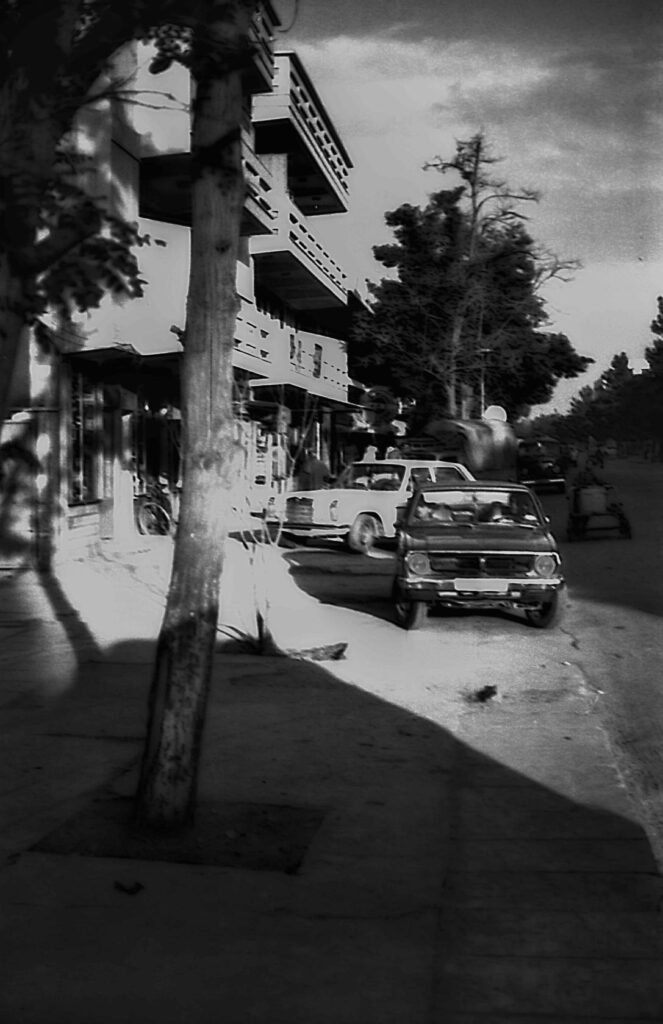
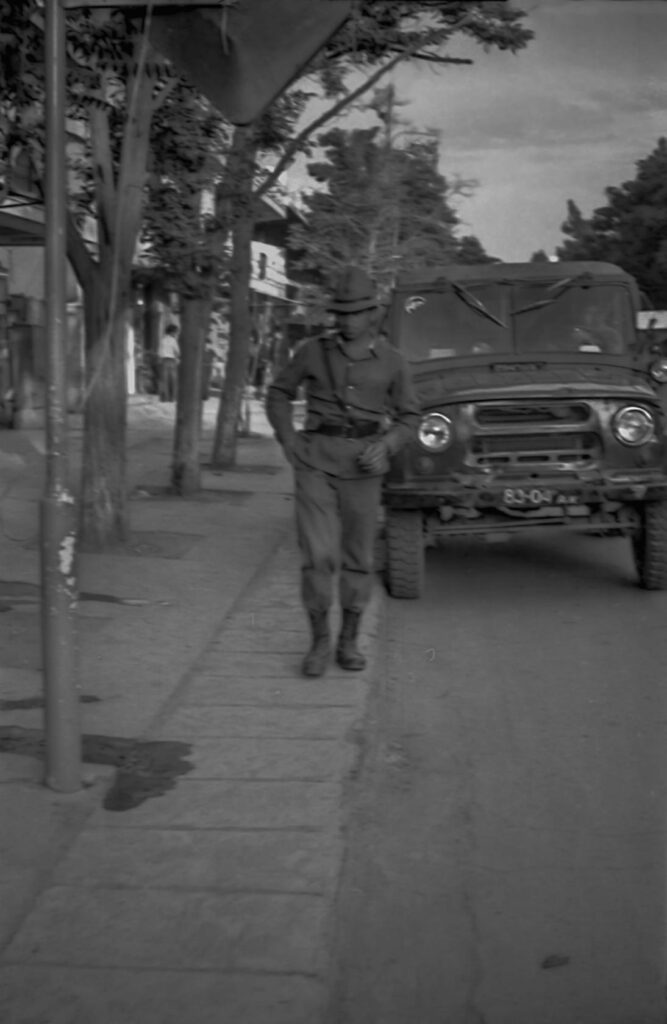
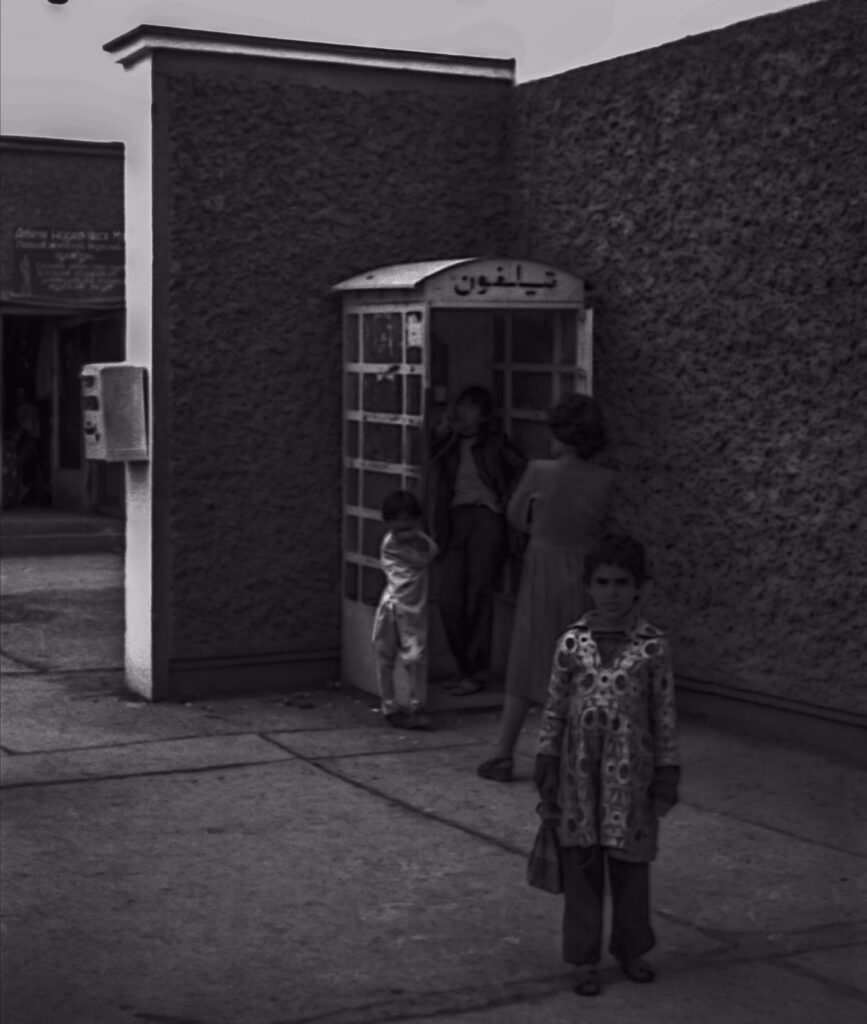
One image in particular—a woman standing outside a telephone booth, patiently waiting her turn to speak—embodies the ordinary lives that continued despite the extraordinary circumstances of occupation. It is in such small, everyday moments that the true spirit of Afghanistan can be seen: resilient, unbroken, and steadfast in the face of foreign dominance and internal strife.
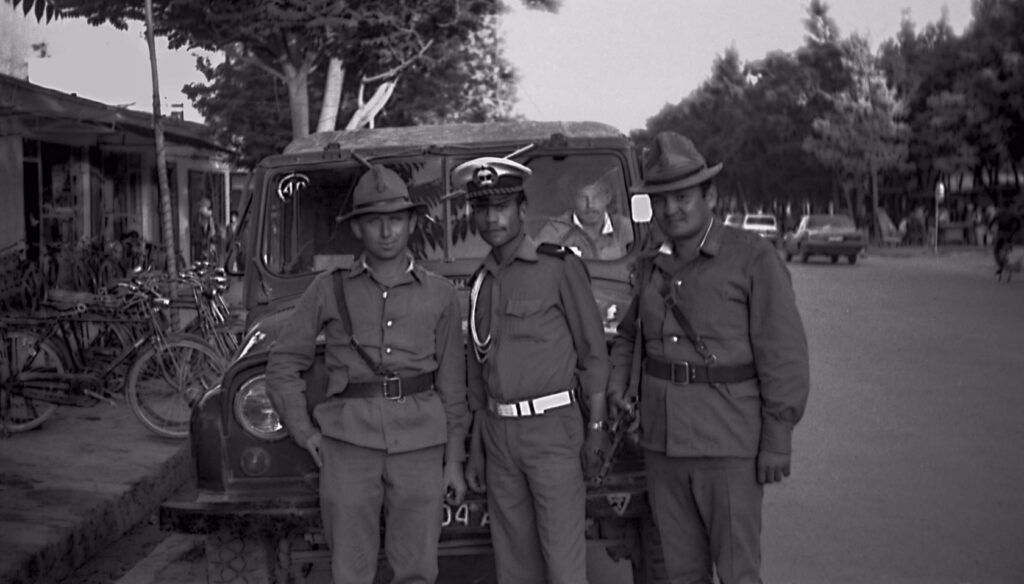
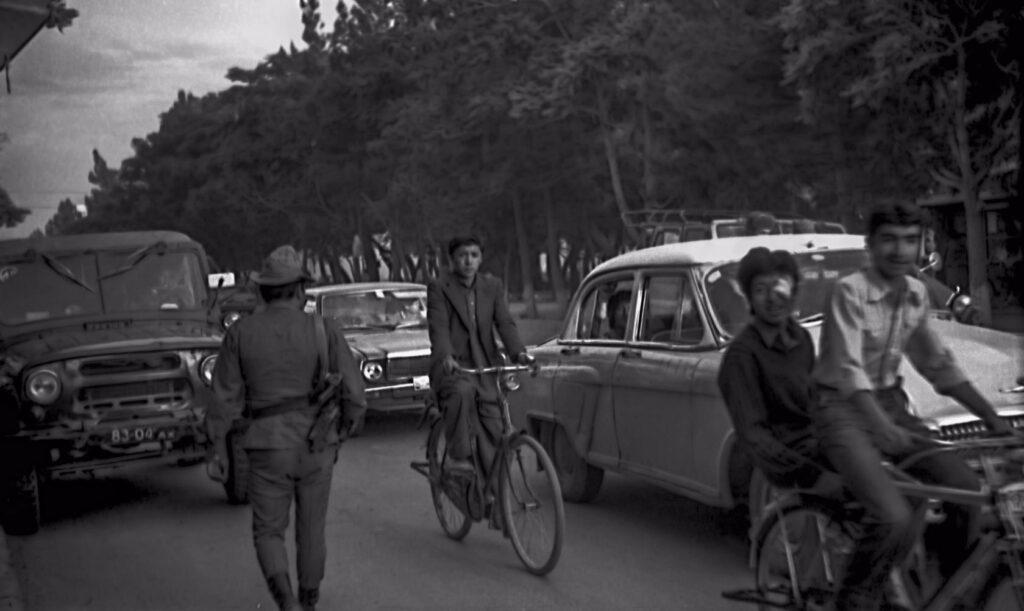
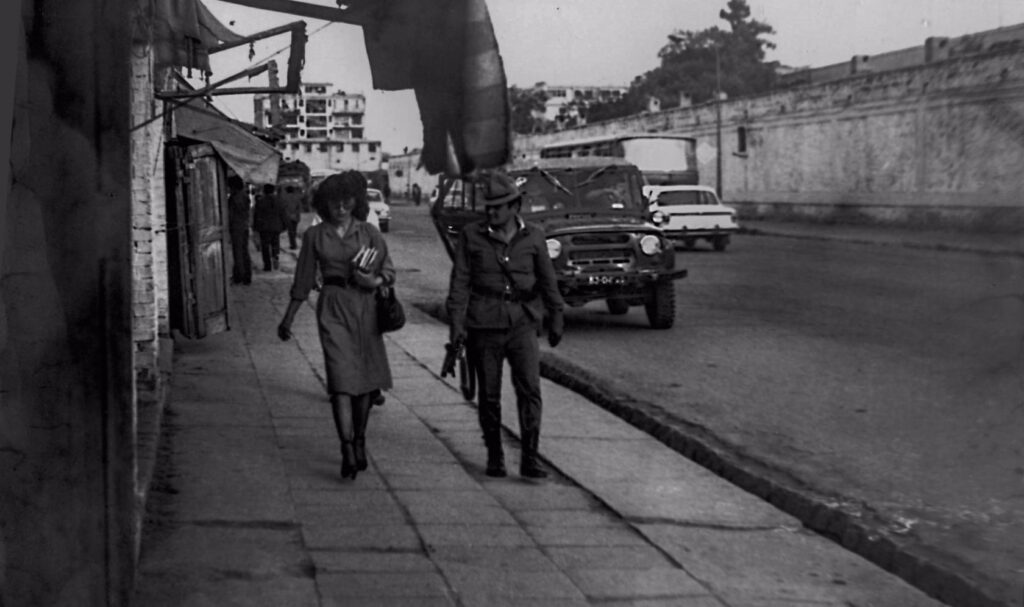
These images remind us that the history of conflict is often written in the quiet moments of human connection. The Soviet occupation of Afghanistan may have been one of military domination, but through Gavrilov’s lens, we see the intertwining of two worlds—one marked by power and the other by survival. This was a country in the midst of war, yet also a place where life, in its many forms, continued to unfold.
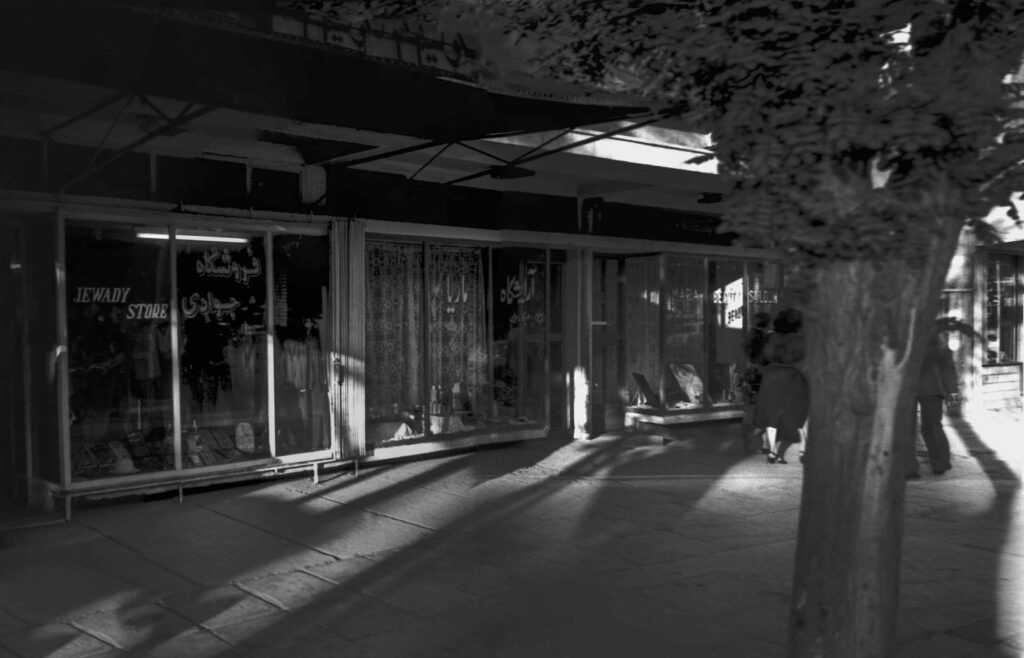
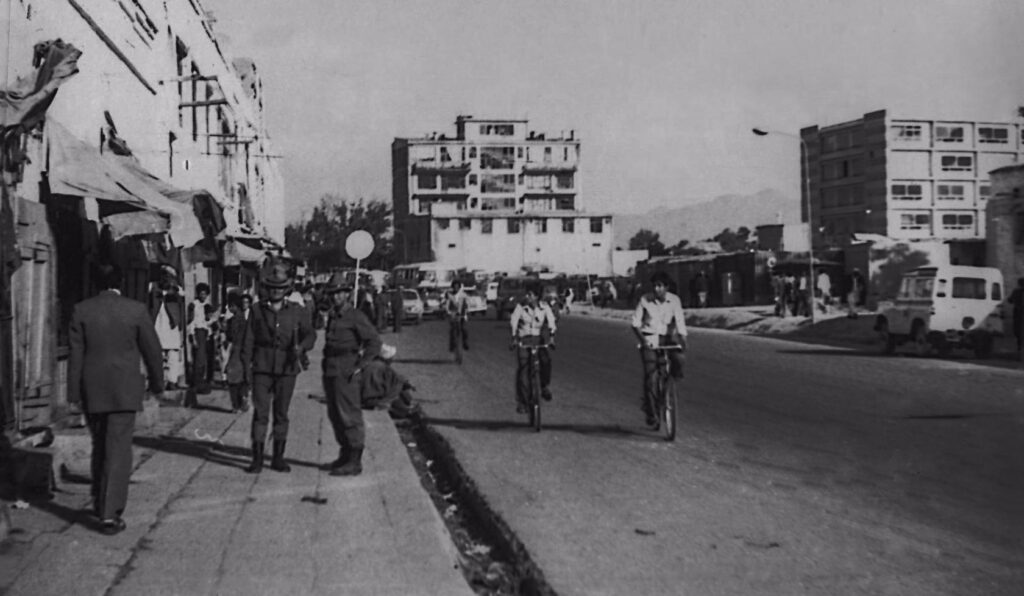
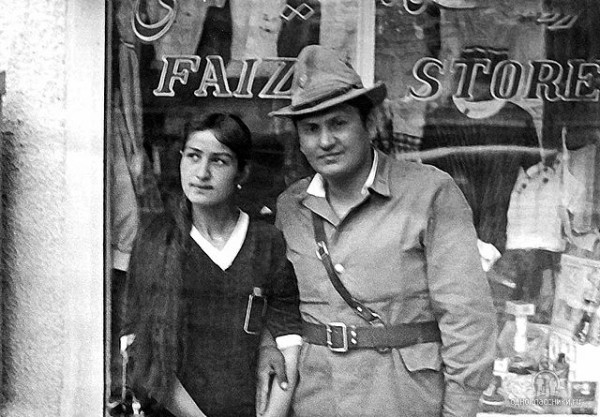
In many ways, these photographs offer a window into the personal stories of those who lived through a turbulent time. The soldiers, the citizens, and the city of Kabul itself—all are captured in their imperfection, their fragility, and their persistence. They tell the story of a city under siege, but also one that continues to live, breathe, and endure.
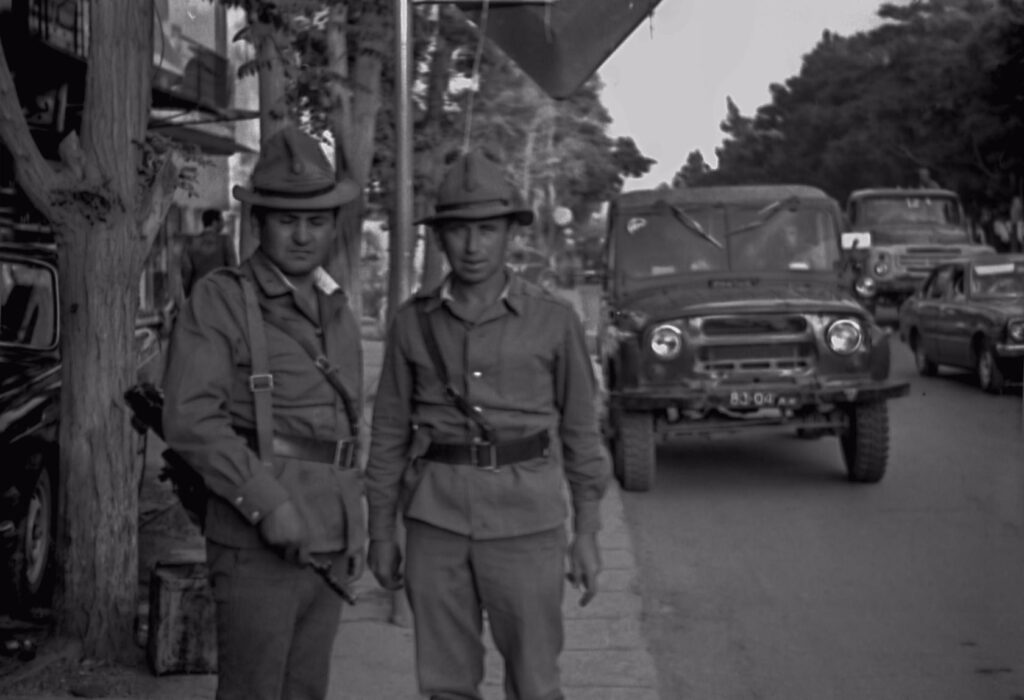
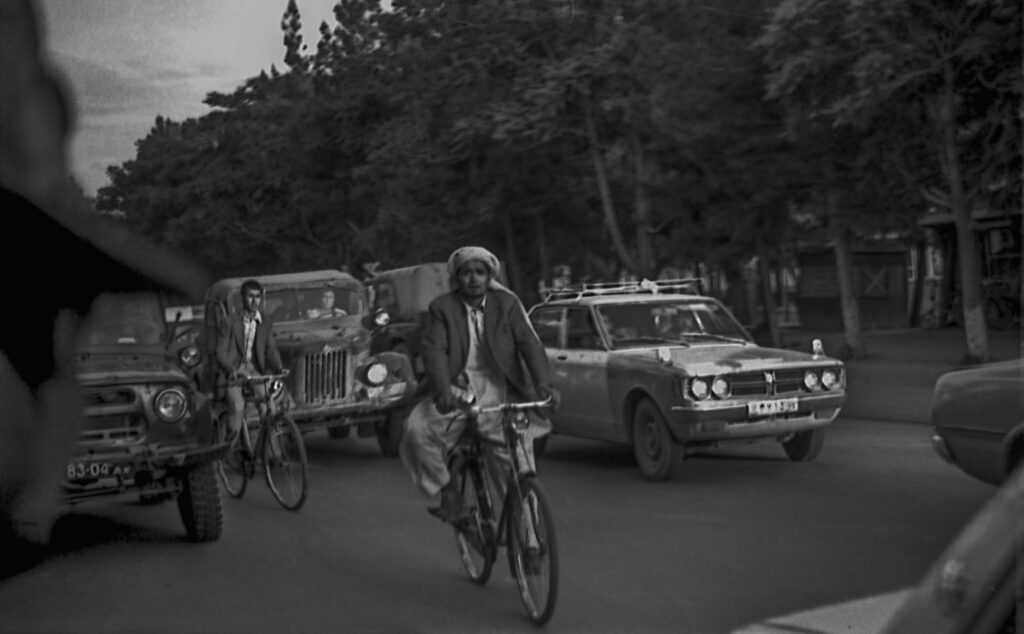
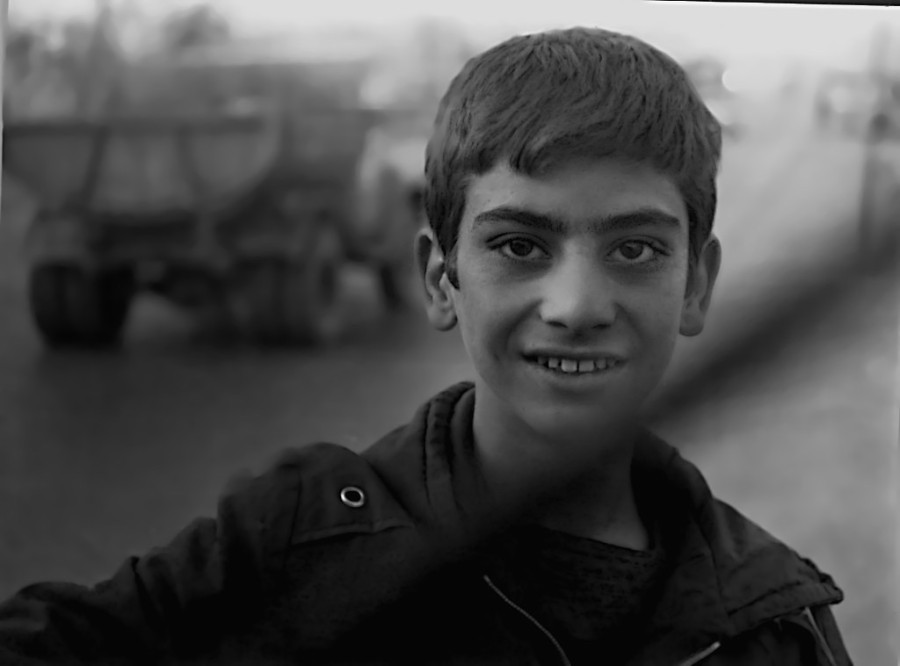
As you look at these images, allow yourself to feel the weight of history that hangs over them. In the faces of the soldiers, the Afghan civilians, and the urban landscape, you will find a piece of a shared past—one where history, occupation, and humanity intersect, forever shaping the way we remember Afghanistan during one of its most challenging periods.
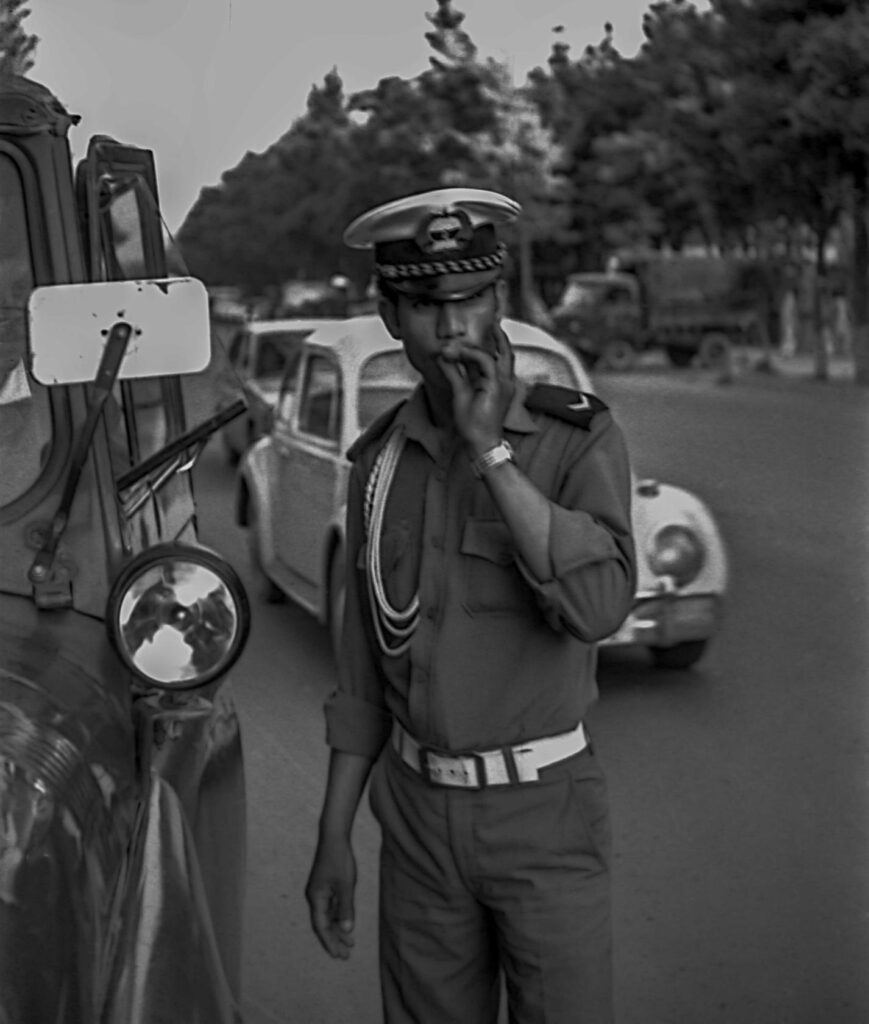
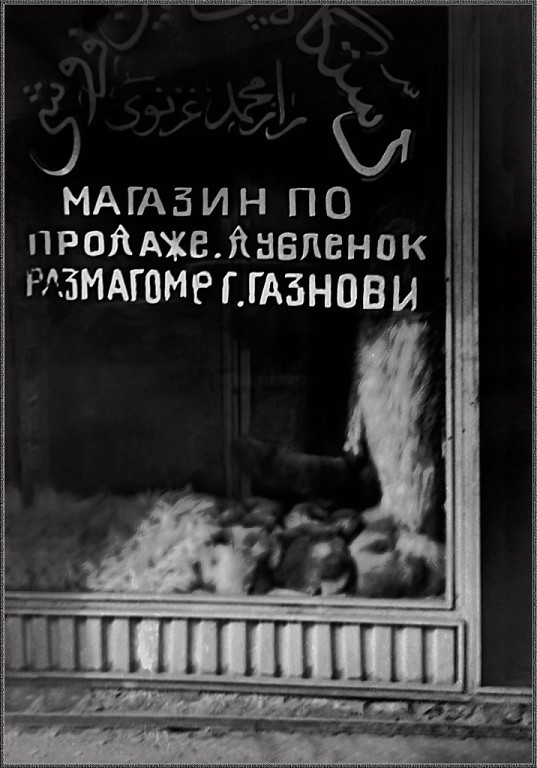
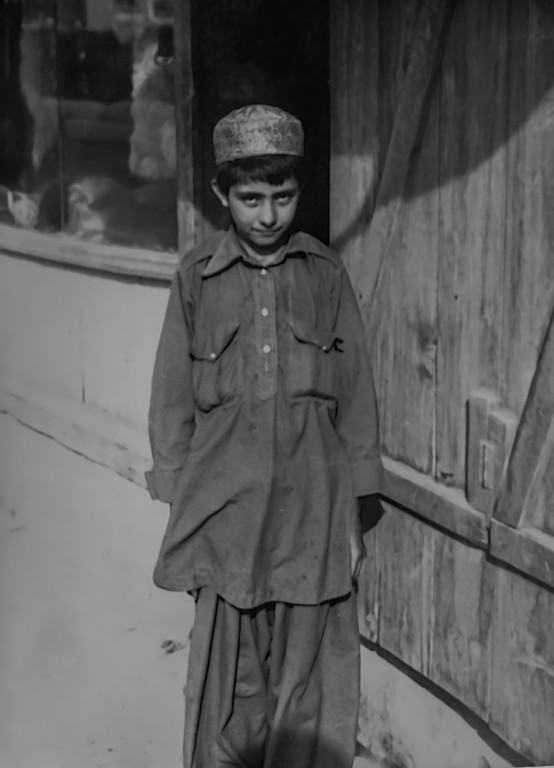
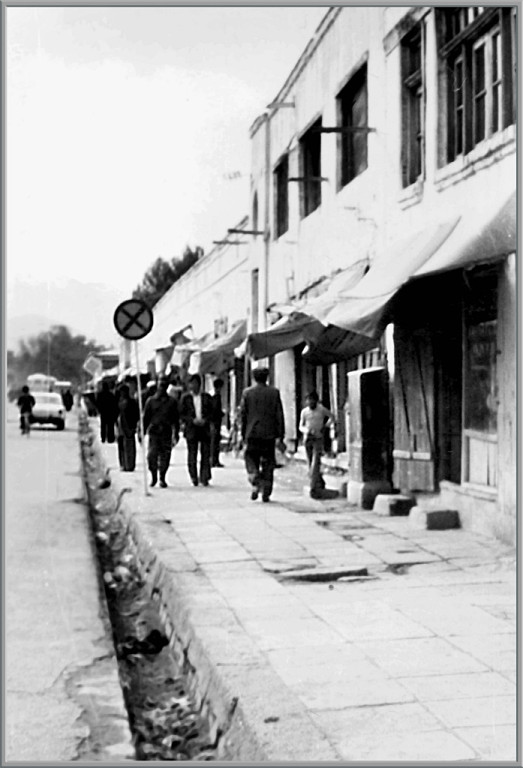
Photos taken from this link.











